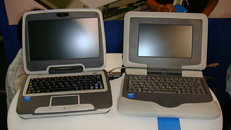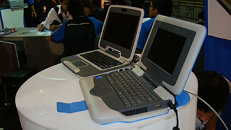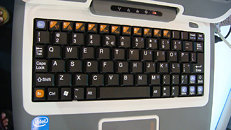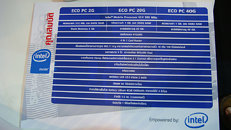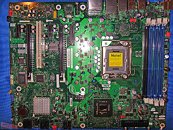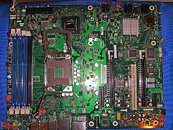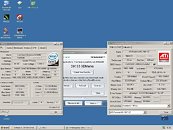
New 45nm Intel Quad-Core Xeon Server Processors Announced
Intel Corporation has further increased its energy-efficient performance lead today with the introduction of two low-voltage 45 nanometer (nm) processors for servers and workstations that run at 50 watts, or just 12.5 watts per core and frequencies as high as 2.50GHz. The Quad-Core Intel Xeon Processor L5400 Series takes advantage of Intel's unique 45nm manufacturing capabilities and reinvented transistor formula that combine to boost performance and reduce power consumption in data centers.
